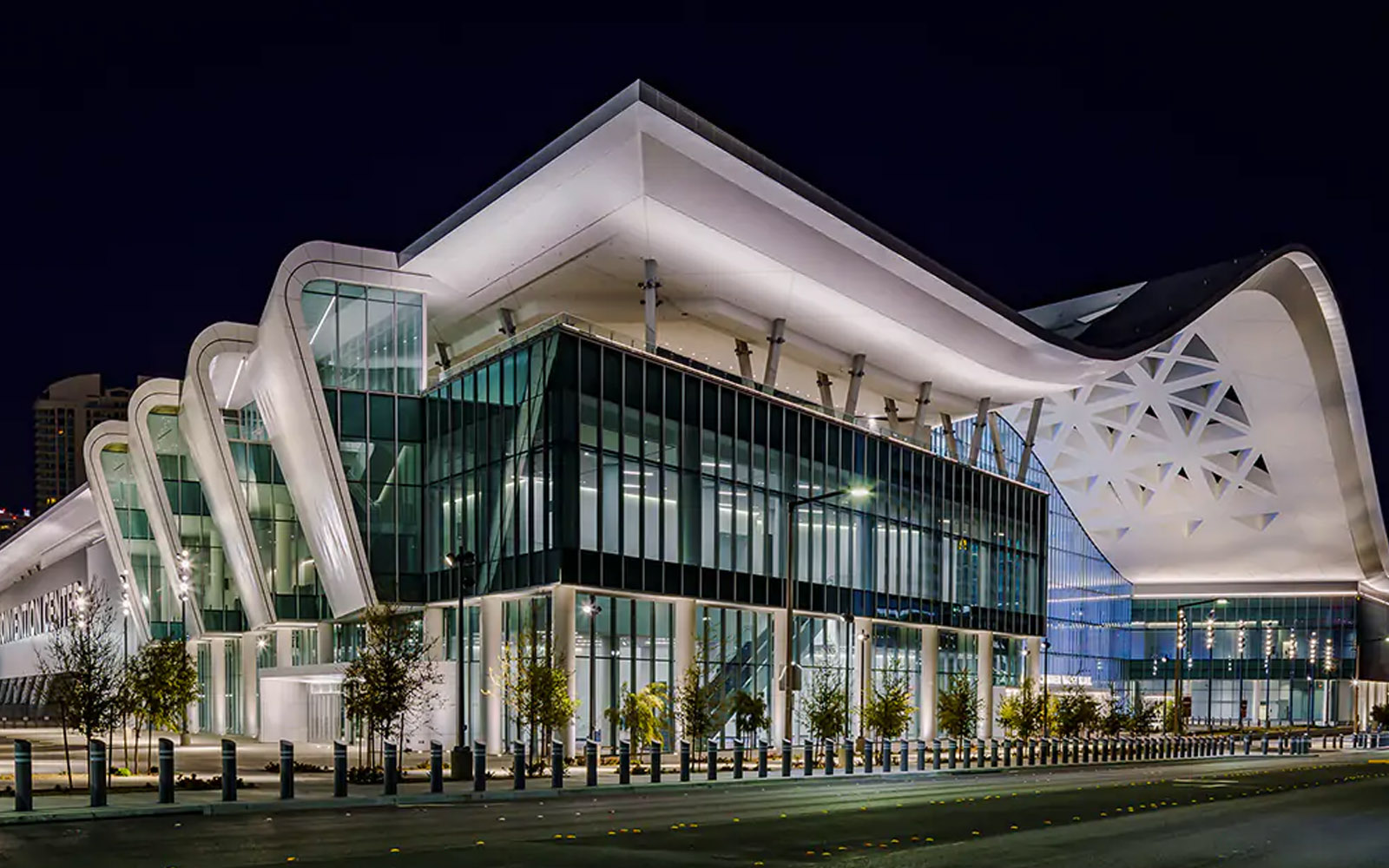This article was originally published by Adweek.
Between mood-altering wearable devices and metaverse fashion, this year’s pared-down version of the Consumer Electronics Show still managed to feature plenty of the flashy glimpses into the future for which the trade show is famous.
At a virtual event hosted in conjunction with the Las Vegas convention, Omnicom Media Group broke down what the agency giant saw as some of the biggest trends and highlights for marketers to watch from last week’s three-day show.
As CES took place amid yet another surge in Covid cases across the country, the programming’s focus on health and wellness continued to grow, while ongoing stay-at-home measures have fueled metaverse and non-fungible token (NFT) mania. The agency’s execs also highlighted more eco-conscious tech, augmented-reality fitting room tech and in-home entertainment as trends for the marketing industry to watch coming out of this year’s show.
Health and wellness
The health-care sector had been growing its presence at CES for the last few years, and the pandemic has only supercharged that trend. But more than strictly medical devices, the tech on display at this year’s show demonstrated how technology is making consumer gadgets that monitor health and wellness a bigger part of many people’s everyday lives.
“One of the key things people talk about a lot is the Great Resignation, but it’s really more of a Great Reassessment for a lot of people,” said Alex Siddall, chief strategy officer Hearts & Science. “It’s put a huge focus on more balance, your health, your wellness and how you better manage all aspects of your life.”
Siddall pointed to the glucose-monitoring wearable for athletes, the Libre Sense, that Abbott Labs promoted in CES’ first-ever healthcare keynote as one highlight of this trend. Another was a smart wearable from startup Hapbee that claims to adjust your moods by mimicking the molecular structure of substances like melatonin, CBD and caffeine in the form of electromagnetic waves.
“Just imagine if, with a simple click of a button, you could actually enhance your mood to put you in the best possible physical state and mental position for whatever your scenario might be,” Siddall said.
NFTs
Having captured the imagination of the entertainment and marketing worlds this year, NFTs and other cryptocurrency-related techs were given their own dedicated space within the media and advertising floor this year. The promotion is a testament to how thoroughly this technology has permeated so much of the show’s programming.
“Whether you’re a right-click-and-save skeptic or someone who spends all their time on [NFT marketplaces] OpenSea and Rarible, we can all agree that NFTs are really going to be a thing in 2022,” said Mike Solomon, chief operating officer at PHD US. “We’ll learn a lot about NFTs this year, but my guess is that brands that are really in it for the long term and really think about the long-term and really [customer relationship management] nature of NFTs will have a lot of success connecting with their fans.”
Augmented reality and metaverse fashion
With many consumers still unable to safely try on products like clothes, beauty supplies and accessories in stores, augmented reality try-on tech has seen a huge surge over the course of the past couple years. One of the leading examples of this technology, according to Solomon, is a startup called StyleAR, which integrates into ecommerce sites and offers AI-driven recommendations, based on user preferences and styles.
“When you think about the world of ecommerce, this is really opening the ability to try on basically anything on any site as you go through your shopping experience,” Solomon said.
Another startup highlighted by the team was RTFKT, a virtual sneaker maker which was recently purchased by Nike. The company was just one example of how the metaverse trend has taken CES by storm this year. “I can assure you right now if you were walking the floor at CES, you’d be pummeled with metaverse experiences,” Solomon said.
Greening tech
Siddall pointed to the Waterstick Shower, an energy- and water-saving bathing device, and solar-cell Powerfoyle headphones as examples of how the exhibitors at this year’s CES are catering more than ever to environmentally conscious consumers who value sustainability as well.
Virtual content
Finally, Omnicom predicted technology that improves virtual communication and content creation will continue to grow in the next year. One highlighted device in this realm was the Linklet, an LTE-enabled camera device worn around the neck that connects to platforms like Zoom and Microsoft Teams. The idea is meant to enable more natural-feeling conference call conversations.
The team also spotlighted Amatelus’ SwipeVideo, a platform that allows viewers on a livestream to adjust their perspective in which they view the video. “With a simple swipe on the screen, you can actually start to explore in livestream video,” Siddall said. “That puts you in the position of the viewing angle that you want, it puts the control back into your hands as the consumer.”


